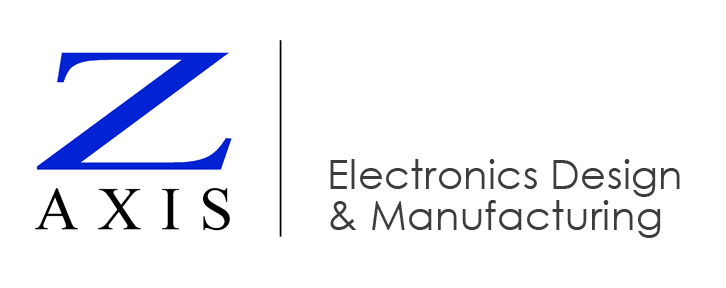This video shows wire and cable cutting and stripping at Z-AXIS. We provide electronic design and manufacturing services.
Wires vs. Cables
A wire is a stranded copper conductor that’s coated with plastic. A cable has multiple wires inside of a jacket. Each wire is coated, and the gap between the wire’s coating and the cable’s jacketing is sometimes filled with shielding. The wires in a cable can all be twisted together, or individual wires can be twisted together in pairs.
Some companies cut wires with hand tools or use manual equipment. At Z-AXIS, we use an automated machine that’s fast, accurate, and consistent. Because it’s programmable, we can specify the diameter of the conductor, the strip length, and the type of operation.
Wire Cutting and Stripping
To cut a wire, we pull it from a reel so that it’s straight and kink-free. The wire is then fed into a series of adjustable rollers. V-shaped knife blades strip the wire’s end, the wire is cut to size, and then the wire is stripped on its opposite end.
We can also partially strip the wire so that it has a nub on the end that slides back and forth. This nub protects the wire during handling and can be removed during crimping, which compresses the conductor’s terminal.
Cable Cutting and Stripping
Cables are a lot thicker than wires. They’re cut by hand and then stripped by a machine that uses spinning knives. With multi-level stripping, we can strip the outer jacket, strip the braided shielding, and then strip around the inner bundle. We can also strip the outer jacket so that twisted pairs of wires can be stripped.
Z-AXIS can also cut ribbon cables, which are flat instead of cylindrical, and protect cables by enclosing them in extruded plastic tubes, or sleeves.
Heat Shrinking, Labeling and Testing
Heat shrinking uses tubes that are stretched to four or five times their original size. The tubes are heated and, when they cool, shrink to fit the cable. Z-AXIS uses a proprietary heat shrink method with cables and can also label them with identifying information.
The final step in our process is testing. We use a programmable electronic device that plugs into a test board. The device performs pass/fail checks and identifies opens and shorts. Some companies don’t test their cables, but Z-AXIS tests the vast majority of what we provide.
Finding Innovative Solutions
How can we help you with your next electronics design and manufacturing project? Contact us.
